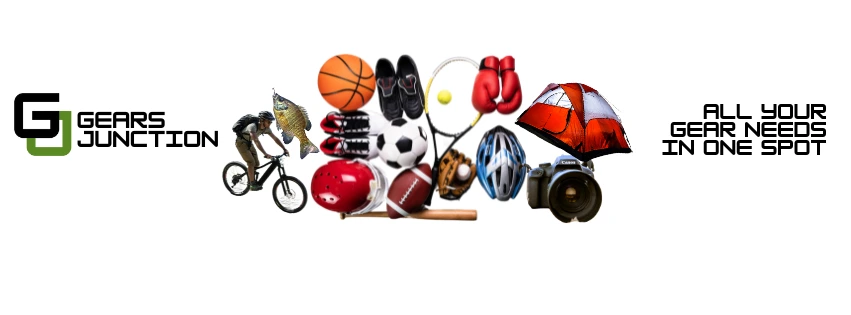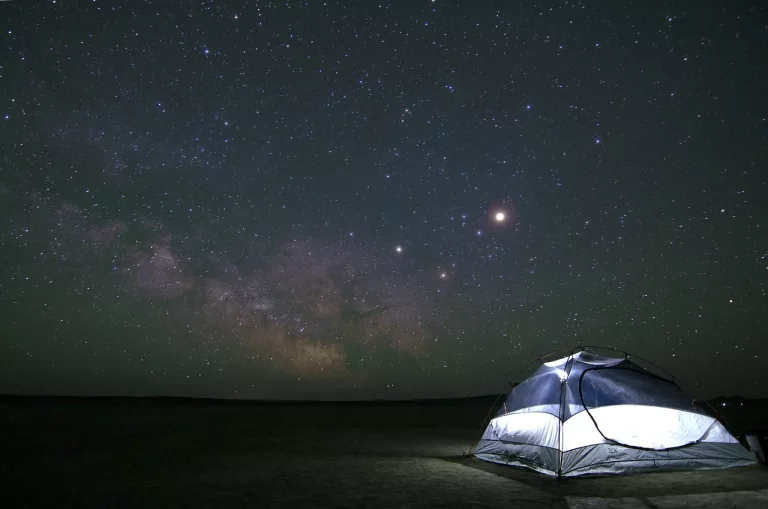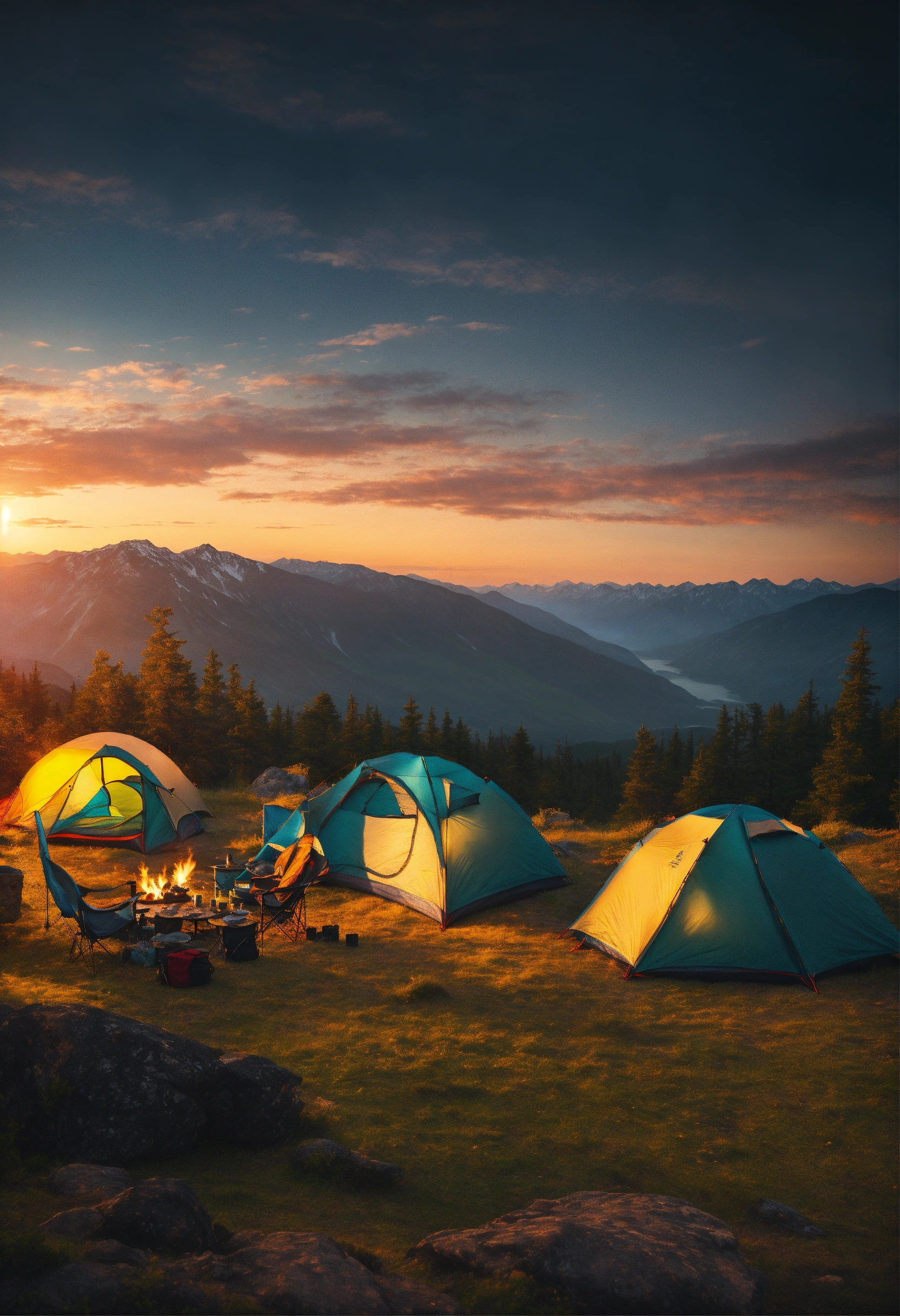Are you an outdoor enthusiast looking to find the perfect sleeping bag for your adventures? Look no further! In this article, we will explore the best sleeping bag options for different seasons. Whether you’re camping in the chilly winter or enjoying the warm summer nights under the stars, we’ve got you covered. Stay comfortable and get a restful sleep no matter the weather with our helpful guide.
Winter
Down Sleeping Bag
When it comes to winter camping, a down sleeping bag is a great option. Down is an excellent insulator, providing exceptional warmth in cold temperatures. These bags are filled with the soft and fluffy feathers from ducks or geese, which trap air and create a layer of insulation. This natural material is highly effective at retaining body heat and offers a superior warmth-to-weight ratio. Down sleeping bags are known for their compressibility, making them easy to pack and carry. They provide excellent insulation even in sub-zero temperatures, ensuring a cozy night’s sleep during those chilly winter nights.
Synthetic Sleeping Bag
If you’re looking for a more budget-friendly option or have concerns about using animal products, a synthetic sleeping bag is a great choice for winter camping. Synthetic insulation is made from various polyester materials that mimic the heat-retaining properties of down. Unlike down-filled bags, synthetic bags retain their insulation even when wet, making them ideal for damp or humid winter conditions. They are also good for individuals with allergies, as they don’t contain any feathers or animal products. While synthetic bags may not offer the same warmth-to-weight ratio as down, they are still highly reliable and can provide adequate insulation in cold climates.
Mummy Sleeping Bag
For winter camping, a mummy sleeping bag is highly recommended due to its exceptional heat retention. These bags are named after their unique shape, which closely resembles the outline of the human body, with a tapered design towards the feet. The snug fit of a mummy bag reduces the internal volume, minimizing the amount of air that needs to be heated. This close-fitting shape, combined with a hood that covers the head and face, effectively traps body heat and prevents cold air from entering. Mummy bags are highly efficient in keeping you warm during winter nights and are ideal for those who prefer a cozy and snug sleeping experience.
Spring
3-Season Sleeping Bag
During the transitional period between winter and summer, a 3-season sleeping bag is a versatile option. These bags are designed to keep you comfortable in temperatures ranging from around 20°F (-6°C) to 40°F (4°C). They generally have a combination of down and synthetic insulation, providing a good balance of warmth and weight. 3-season bags often feature additional features like draft tubes, hood cinches, and zippered vents, allowing for temperature regulation based on your needs. These bags are suitable for spring camping when the temperatures can still be cool but not freezing, ensuring a comfortable and restful sleep during your outdoor adventures.
Rectangular Sleeping Bag
If you prefer more freedom of movement while you sleep, a rectangular sleeping bag is a great option for spring camping. These bags offer a roomier and more spacious interior compared to mummy bags. The rectangular shape allows for better ventilation and makes it easy to adjust your sleeping position throughout the night. Rectangular bags are also versatile, as they can be unzipped and used as a blanket, making them ideal for camping trips where the weather can be unpredictable. While they may not provide the same level of insulation as mummy bags, rectangular bags are comfortable and offer flexibility during milder spring nights.
Summer
Ultralight Sleeping Bag
When camping during the summer months, an ultralight sleeping bag is your best friend. These bags are designed with lightweight materials to minimize weight and maximize portability. They are perfect for backpackers and hikers who prioritize reduced pack weight. Ultralight bags often have less insulation, as they are intended for use in warmer temperatures. However, they still provide enough warmth for comfortable sleep on mild summer nights. These bags are highly compressible, allowing them to be easily packed into a small stuff sack. If you’re planning a summer camping adventure where weight and bulk are a concern, an ultralight bag will be your go-to choice.
Rectangular Sleeping Bag
For those who prioritize maximum comfort and freedom of movement in summer camping conditions, a rectangular sleeping bag is an excellent option. The open and spacious design of rectangular bags allows for easy maneuvering and makes it feel more like sleeping in a regular bed. While rectangular bags may not provide the same level of insulation as mummy or ultralight bags, they are ideal for warmer temperatures where overheating is a concern. The rectangular shape allows for airflow, preventing you from feeling too hot during those hot summer nights. If you’re after a cozy and roomy sleeping experience during your summer camping trips, a rectangular bag is the way to go.
Fall
Convertible Sleeping Bag
Fall weather can be unpredictable, with temperature fluctuations throughout the day and night. A convertible sleeping bag is a versatile choice for this season. These bags feature zippers that allow them to be transformed from a mummy bag to a more spacious and open rectangular shape. The ability to convert between the two shapes gives you the freedom to adapt to changing temperature conditions while providing the option for better ventilation when needed. Convertible bags often come with additional features such as adjustable hoods and draft collars, further enhancing their ability to regulate temperature. With a convertible bag, you can be prepared for the unpredictable nature of fall camping.
3-Season Sleeping Bag
For fall camping trips where temperatures can vary from chilly to mild, a 3-season sleeping bag remains a reliable choice. These bags are designed to keep you warm in temperatures ranging from around 20°F (-6°C) to 40°F (4°C), making them suitable for cooler fall nights. They offer a combination of warmth and versatility, with features like insulated draft tubes and hoods to keep out the cold air. 3-season bags are known for their durability and comfort, ensuring a restful sleep during autumn outdoor adventures. Whether you’re camping in the early or late fall, a 3-season bag will provide the insulation you need to stay comfortable throughout the night.
Multi-Season
Hybrid Sleeping Bag
For those who enjoy camping in multiple seasons and want a sleeping bag capable of handling various weather conditions, a hybrid sleeping bag is the perfect choice. These bags combine the qualities of different insulation types, such as down and synthetic fill, to provide optimal performance in different temperatures. Hybrid bags often have different fill ratios or alternating baffles to target insulation to specific areas of the bag, maximizing warmth where you need it most. With their versatility and adaptability, hybrid bags are the ultimate multi-season option, ensuring comfort and warmth in any camping adventure.
Modular Sleeping Bag
If you’re an avid camper or backpacker who wants the ultimate flexibility in sleep system customization, a modular sleeping bag is your best bet. These bags consist of a shell and separate interchangeable insulating layers that can be combined or used individually depending on the weather conditions. This modular design allows you to adapt your sleeping bag to different seasons and temperature ranges. For colder weather, you can add extra insulation layers, and for warmer conditions, you can remove layers to stay cool. Modular sleeping bags provide endless options for customization, making them an excellent investment for outdoor enthusiasts who camp in a wide range of environments.
Factors to Consider
Temperature Rating
The temperature rating of a sleeping bag is one of the most critical factors to consider when choosing the right one for your needs. Sleeping bags are typically labeled with a temperature range, indicating the lowest comfortable temperature at which they can keep you warm. It’s essential to choose a bag with a temperature rating suitable for the conditions you’ll be camping in. If you anticipate camping in freezing temperatures, opt for a bag with a lower temperature rating to ensure you stay warm throughout the night. However, keep in mind that personal preferences and factors such as metabolism and clothing layers can also affect your comfort level.
Insulation
The type of insulation used in a sleeping bag is another crucial aspect to consider. Down insulation offers excellent warmth-to-weight ratio and compressibility, making it ideal for colder temperatures. However, it tends to lose its insulation properties when wet. Synthetic insulation, on the other hand, retains its insulation even when damp, making it a reliable choice for wet or humid conditions. Synthetic bags are also relatively more budget-friendly. Consider your intended usage, climate conditions, and personal preferences when deciding between down and synthetic insulation.
Weight and Packability
If you’re planning to backpack or hike, the weight and packability of your sleeping bag are crucial factors to consider. Ultralight sleeping bags are designed to minimize weight for easy carrying during long trips. They often sacrifice insulation for lighter materials. On the other hand, bulkier sleeping bags may provide more warmth but can be challenging to pack and carry. Consider the balance between weight and warmth that best suits your camping style and the duration of your trips.
Sleeping Bag Shape
Sleeping bags come in various shapes, each catering to different preferences and temperature conditions. Mummy bags offer the best heat retention and are ideal for colder temperatures. Their tapered shape reduces the amount of air that needs to be heated, ensuring efficient insulation. Rectangular bags provide more room to move around and offer better ventilation for warmer conditions. They also tend to be more spacious and comfortable. Consider your preference for insulation and comfort when choosing between a mummy or rectangular-shaped bag.
Sleeping Bag Material
Sleeping bags are typically made from either nylon or polyester. Nylon is known for its durability, water resistance, and breathability, making it suitable for different climates. Polyester is often used in synthetic sleeping bags and is known for its quick-drying properties. Consider the climate and expected weather conditions when choosing the material of your sleeping bag to ensure it offers the necessary protection and comfort.
Additional Features
Sleeping bags often come with additional features that enhance their functionality and comfort. These features could include draft tubes, draft collars, hood cinches, zippered vents, or pillow pockets. Draft tubes and collars are insulation-filled tubes positioned along the zipper and neck area to prevent warm air from escaping and cold air from entering. Hood cinches allow you to tighten the hood for better heat retention. Zippered vents provide additional ventilation during warmer nights. Consider these features based on your specific needs and camping preferences.
Conclusion
Choosing the right sleeping bag for different seasons and weather conditions is essential for a comfortable and restful camping experience. Understanding the differences between various types of sleeping bags, such as down, synthetic, mummy, rectangular, ultralight, convertible, hybrid, and modular, enables you to make an informed decision based on your needs and preferences. Factors like temperature rating, insulation, weight, packability, shape, material, and additional features should be carefully considered to ensure you select the sleeping bag best suited for your camping adventures. With the right sleeping bag, you can enjoy the great outdoors year-round, no matter the season.


